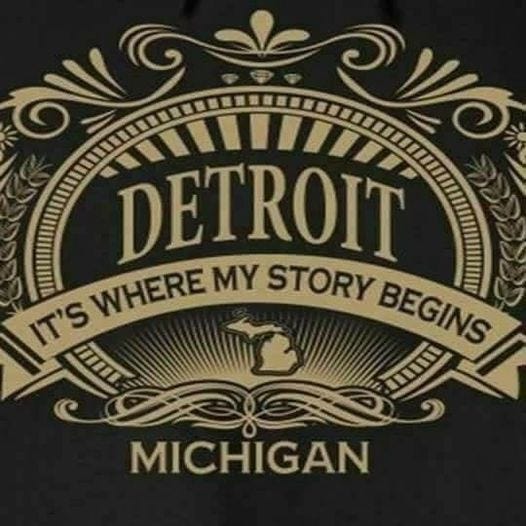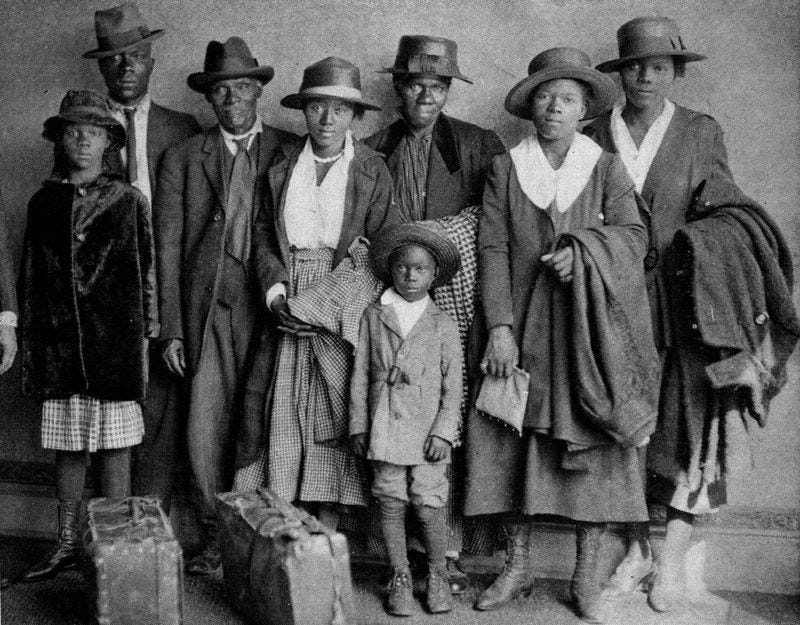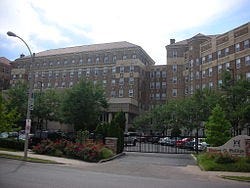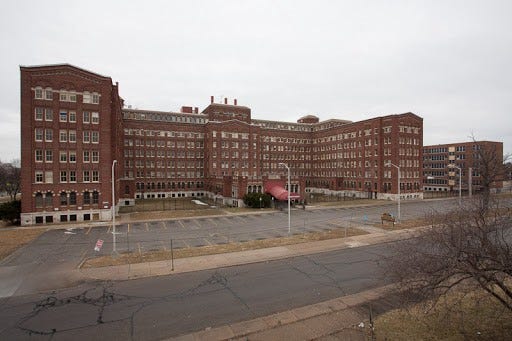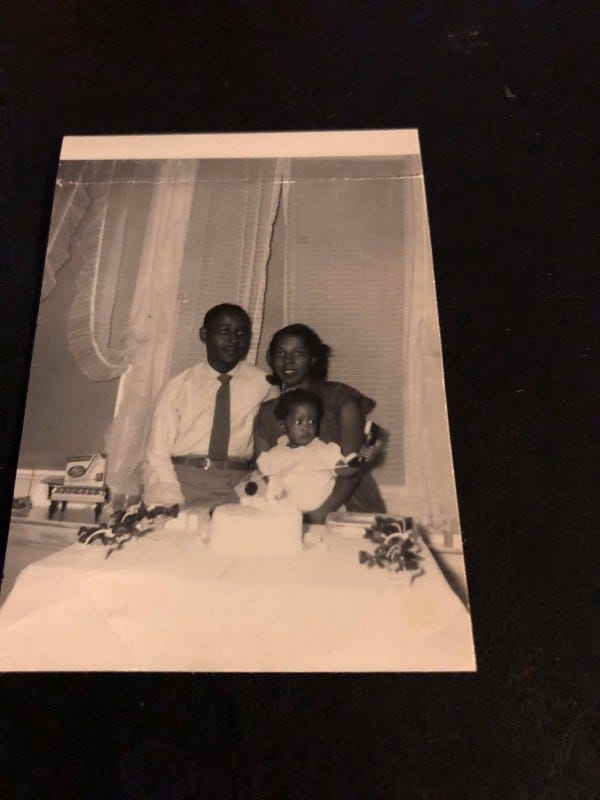How Did THAT Happen?
I was born and raised in Detroit, Michigan. Although I have lived in other cities at different times of my life, Detroit is my hometown and Detroit is the foundation and lens through which I see the world and write about my personal and professional experiences.
The Great Migration
“The Great Migration” usually refers to the years in the early 20th century when many Black people living in the South under the repressive Jim Crow laws, a collection of state and local statutes that legalized racial segregation. Over one-half million people moved north, looking for greater economic opportunities and hopefully, less segregation and oppression.
Here in Detroit, automaker Henry Ford’s promise of a previously unheard-of salary of $5.00/day more than double what unskilled workers could earn anywhere else in the country helped fuel the Great Migration. In 1910 Detroit’s population was 465,766, with a small but steadily growing Black population of 5,741. By 1920, post-war economic growth and a large migration of Southerners to the industrialized North more than doubled the city’s population to 993,678, an overall increase of 113 percent from 1910. Detroit’s Black population grew to 40,838, mostly between 1915 and 1920. In addition to southern Black people, other ethnic groups, such as the Germans and the Poles, moved to Detroit to work in Henry Ford’s automobile plants.
After World War II, there was another small migration of Black people to northern cities like Detroit, again looking for greater economic and educational opportunities, and again looking to escape the overt racism and segregation in the South. That’s how and why my parents moved to Detroit.
Leaving St. Louis, Missouri for Detroit, Michigan
My parents, both scientists, met in the biology lab at St. Louis University in the late 1940s. My father, a medical technologist and infectious disease specialist, hailed from Fort Smith, Arkansas, and was in St. Louis (temporarily, he thought) on his way to California. My mother was completing her nursing degree at the nationally renowned teaching hospital, Homer G. Phillips, the only hospital for Black people in the still highly segregated St. Louis.
So although my parents were not part of the original Great Migration (although my maternal grandparents were), they were part of the post-World War II migration, moving to Detroit because of the racism and segregation they experienced in St. Louis.
In 1949, shortly after their July wedding, my parents were planning to go back to St. Louis to live. My mother had a nursing job lined up at Homer G. Phillips, but my father had not yet secured full-time employment. My father sent out resumes and applied for several jobs in his field, and was even able to get called in for some interviews. But strangely (not really), when he showed up for the interview, he was told that the job had just been filled.
Finally, one of my dad’s childhood friends had recently moved to Detroit from Arkansas and told him that the City of Detroit was hiring “colored people.” My father applied for a job with the City of Detroit Health Department and got hired to work in the laboratory at Herman Kiefer Hospital, which was also nationally renowned.
Herman Kiefer Hospital was a city-owned hospital in Detroit Michigan, from 1911 to 2013. It was founded to study and combat rampant infectious diseases, such as polio, tuberculosis, diphtheria, scarlet fever, mumps, and measles. It was named after Herman Kiefer, a German immigrant who was a prominent local physician known for treating the poor.
Two of my father’s older sisters died of tuberculosis in the 1930s, which prompted him to go into the infectious diseases field.
My Family Settles in Detroit
So in 1949, my parents moved to Detroit and started their family here. My father worked days at Herman Kiefer Hospital and my mother was a night nurse at Black-owned Dunbar Hospital (named after award-winning Black writer and poet Paul Laurence Dunbar), one of the few hospitals in Detroit that gave Black patients and Black doctors access at that time.
My parents moved into a small apartment in a four-family building (that my father bought and managed decades later) near Herman Kiefer Hospital. That is where I was born. My parents bought their first home a few years later, taking advantage of the benefits my father earned as a veteran of the United States Air Force during World War II. We were one of the first Black families in that neighborhood.
My Earliest Memory
What a Two-Year-Old Remembersmedium.com
My parents eventually had four daughters who they raised in Detroit, and my mother eventually became a teacher, graduating with a Master’s degree in education from Wayne State University. My father retired from the Detroit Health Department, and my mother retired from the Detroit Public Schools. Each one of their daughters is a college graduate, some with two and even three degrees; all four daughters are professionals in different fields and now raising their own families around the country.
Would my life had been different if my parents had made St. Louis their home instead of Detroit? Who knows?
In this publication, I will be writing frequently about the history and current situation in Detroit, the city where my story begins.
About Me
I am a native Detroiter, a wife, mother, grandmother, business owner, and homeowner, and I am recently semi-retired and loving it. I would love for you to follow me on my Facebook and on my Instagram pages. Any opinions expressed in this publication are my own.
I invite you to read the stories in my publications: Pam’s Passions, Your Business Your Brand Creatively, and Detroit Ink Publishing.
My husband and I are launching a new community for creative and solo professionals. Do you want to find out more about our upcoming projects, podcasts, training, products, and services? Sign up to Keep Up with the TeamOwens313 Global Creative Community via email.




